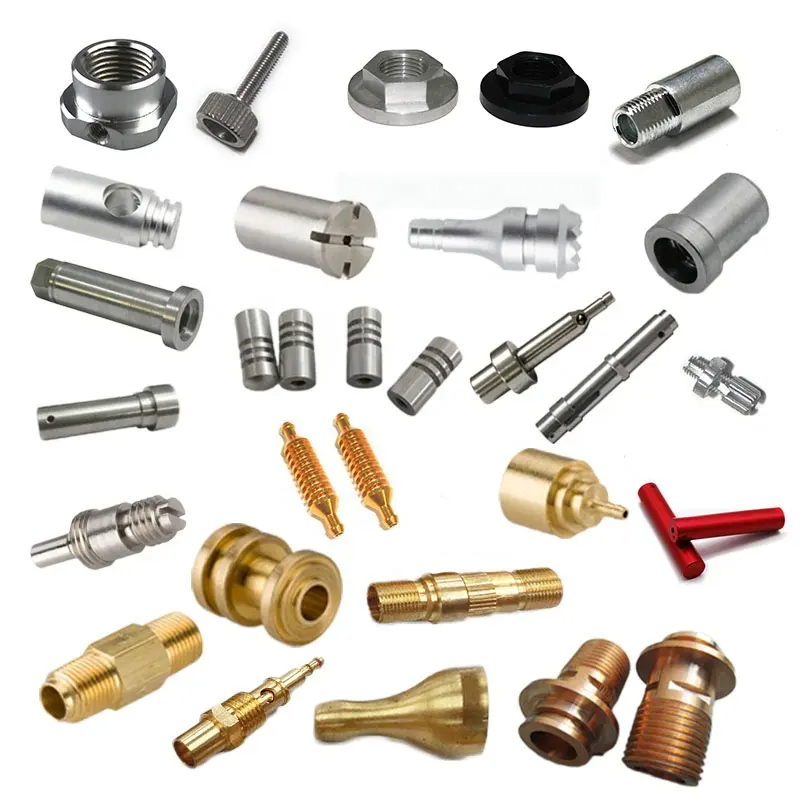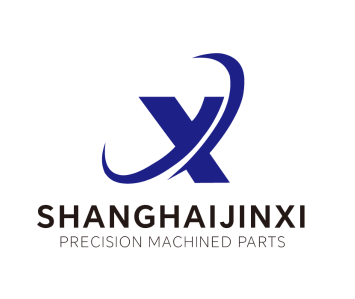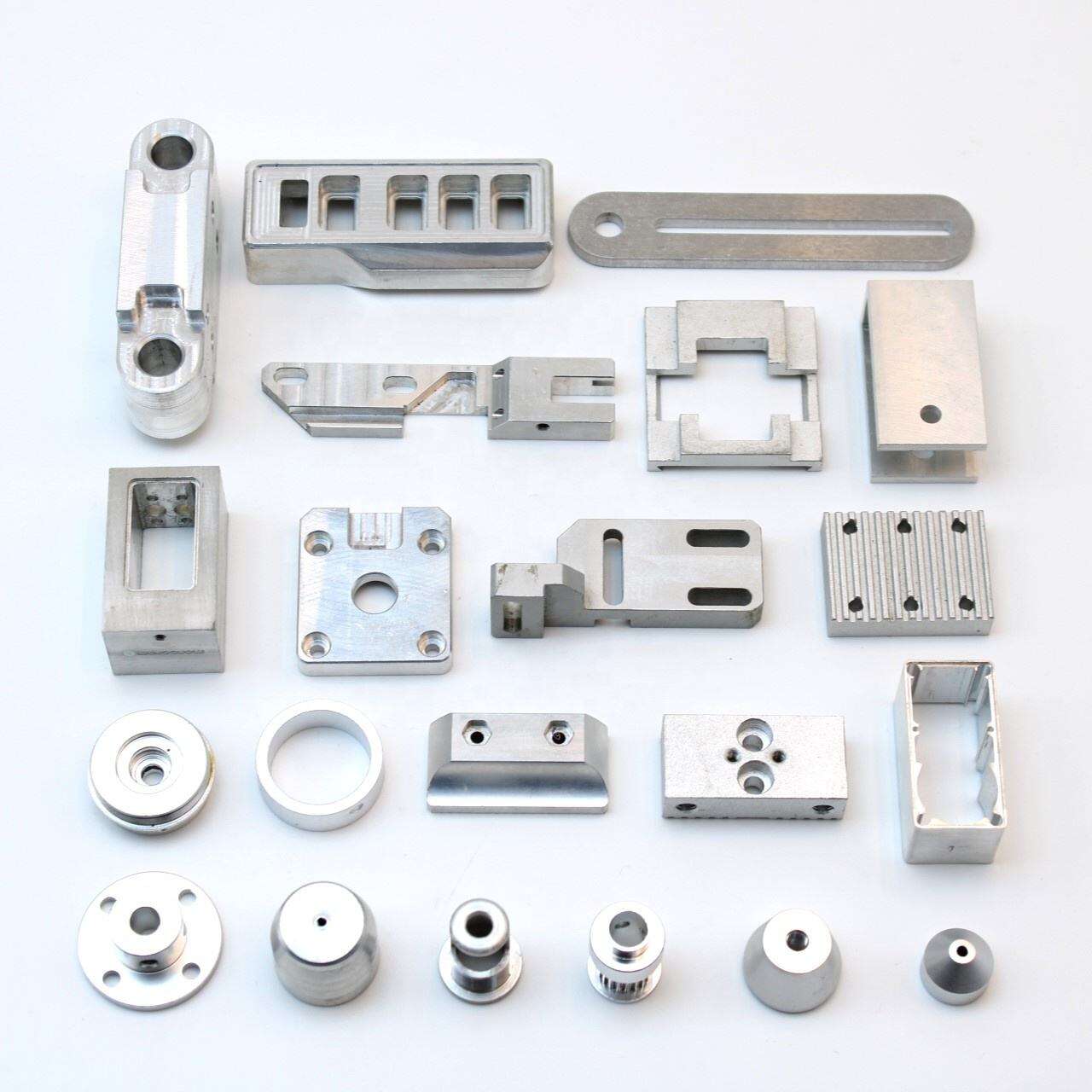Transforming Modern Manufacturing Through Advanced CNC Technology
The landscape of precision manufacturing continues to evolve rapidly as innovative CNC parts and technologies reshape production capabilities. From aerospace components to medical devices, these advancements are revolutionizing how industries approach complex manufacturing challenges. The integration of cutting-edge CNC parts has not only enhanced production accuracy but has also significantly reduced operational costs while improving overall efficiency.
As manufacturing demands become increasingly sophisticated, the role of CNC parts in meeting these challenges has become more crucial than ever. Modern facilities are witnessing a remarkable transformation in their ability to produce intricate components with unprecedented precision, thanks to these technological breakthroughs.
Revolutionary Developments in CNC Component Design
Smart Tooling Systems
The emergence of intelligent tooling systems represents a significant leap forward in CNC machining capabilities. These advanced CNC parts incorporate sensors and real-time monitoring capabilities, enabling instant adjustments during the manufacturing process. The integration of smart tools has dramatically reduced error rates and improved product consistency across production runs.
Modern smart tooling systems can detect wear patterns, temperature variations, and vibration levels, automatically adjusting parameters to maintain optimal cutting conditions. This level of automation has resulted in extended tool life and superior surface finishes, marking a new era in precision manufacturing.
Advanced Material Compatibility
Recent innovations in CNC parts have expanded the range of materials that can be effectively machined. New cutting tool compositions and coating technologies allow for the processing of exotic materials like titanium alloys, ceramics, and composite materials with unprecedented efficiency. These developments have opened new possibilities for industries requiring high-performance components.
The latest generation of CNC parts features specialized coatings that significantly reduce friction and heat generation during machining operations. This advancement has made it possible to achieve tighter tolerances and superior surface finishes even when working with traditionally challenging materials.
Integration of Digital Technologies
IoT-Enhanced CNC Components
The Internet of Things (IoT) has transformed how CNC parts interact within the manufacturing ecosystem. Connected components now provide valuable data streams that enable predictive maintenance, process optimization, and quality control. This digital integration has resulted in smarter, more efficient manufacturing operations that can adapt to changing production requirements in real-time.
By incorporating IoT sensors into critical CNC parts, manufacturers can monitor performance metrics continuously and identify potential issues before they impact production. This proactive approach has significantly reduced downtime and maintenance costs while improving overall equipment effectiveness.
Digital Twin Technology
Digital twin technology has revolutionized how manufacturers design and optimize CNC parts. By creating virtual replicas of physical components, engineers can simulate and test different scenarios before implementing changes in the actual production environment. This capability has dramatically reduced development time and costs while ensuring optimal performance of new designs.
The integration of digital twin technology with CNC parts has enabled manufacturers to perform virtual stress testing, predict wear patterns, and optimize maintenance schedules with unprecedented accuracy. This level of insight has proven invaluable in maximizing equipment lifespan and maintaining consistent product quality.

Sustainability and Efficiency Improvements
Energy-Efficient Components
Modern CNC parts are designed with sustainability in mind, incorporating features that reduce energy consumption without compromising performance. Advanced motor designs, improved bearing systems, and optimized cooling mechanisms have significantly reduced the environmental impact of CNC operations while maintaining high precision standards.
The latest innovations in energy-efficient CNC parts have demonstrated that environmental responsibility and manufacturing excellence can go hand in hand. These developments have helped manufacturers reduce their carbon footprint while simultaneously improving their bottom line through reduced energy costs.
Waste Reduction Technologies
Innovative CNC parts now include features designed to minimize material waste and optimize resource utilization. Advanced cutting tools and intelligent feed systems ensure maximum material efficiency, while improved recycling capabilities help recover and reuse valuable resources. These developments have made precision manufacturing more sustainable and cost-effective.
The implementation of waste reduction technologies in CNC parts has led to significant improvements in material utilization rates, sometimes exceeding 90% efficiency. This advancement not only reduces environmental impact but also contributes to substantial cost savings in raw materials.
Future Trends and Developments
Artificial Intelligence Integration
The future of CNC parts lies in their increasing integration with artificial intelligence systems. Machine learning algorithms are being developed to optimize cutting parameters, predict tool wear, and automatically adjust machining strategies based on real-time feedback. This evolution towards intelligent manufacturing systems promises to further enhance precision and efficiency.
AI-enabled CNC parts will be capable of self-optimization, learning from each production run to improve performance continuously. This advancement represents a significant step toward truly autonomous manufacturing operations.
Hybrid Manufacturing Solutions
The development of hybrid manufacturing solutions that combine traditional CNC machining with additive manufacturing capabilities is gaining momentum. These innovative systems integrate multiple manufacturing processes into single machines, offering unprecedented flexibility and efficiency in production operations.
By combining different manufacturing technologies, these advanced CNC parts enable the production of complex components that would be impossible or impractical to create using traditional methods alone. This versatility is particularly valuable in industries requiring highly customized or complex components.
Frequently Asked Questions
What are the main benefits of investing in modern CNC parts?
Investing in modern CNC parts offers numerous advantages, including improved precision, reduced downtime, enhanced efficiency, and better sustainability. These components often feature advanced monitoring capabilities, longer service life, and better compatibility with various materials, ultimately leading to improved product quality and reduced operational costs.
How do smart CNC parts contribute to manufacturing efficiency?
Smart CNC parts incorporate sensors and monitoring systems that provide real-time data about performance, wear, and operating conditions. This information enables predictive maintenance, automatic adjustments, and optimization of manufacturing processes, resulting in increased productivity and reduced waste.
What role does sustainability play in modern CNC part design?
Sustainability is a key consideration in modern CNC part design, with manufacturers focusing on energy efficiency, waste reduction, and recyclability. Advanced components are designed to minimize power consumption, reduce material waste, and extend service life, contributing to more environmentally responsible manufacturing operations.

